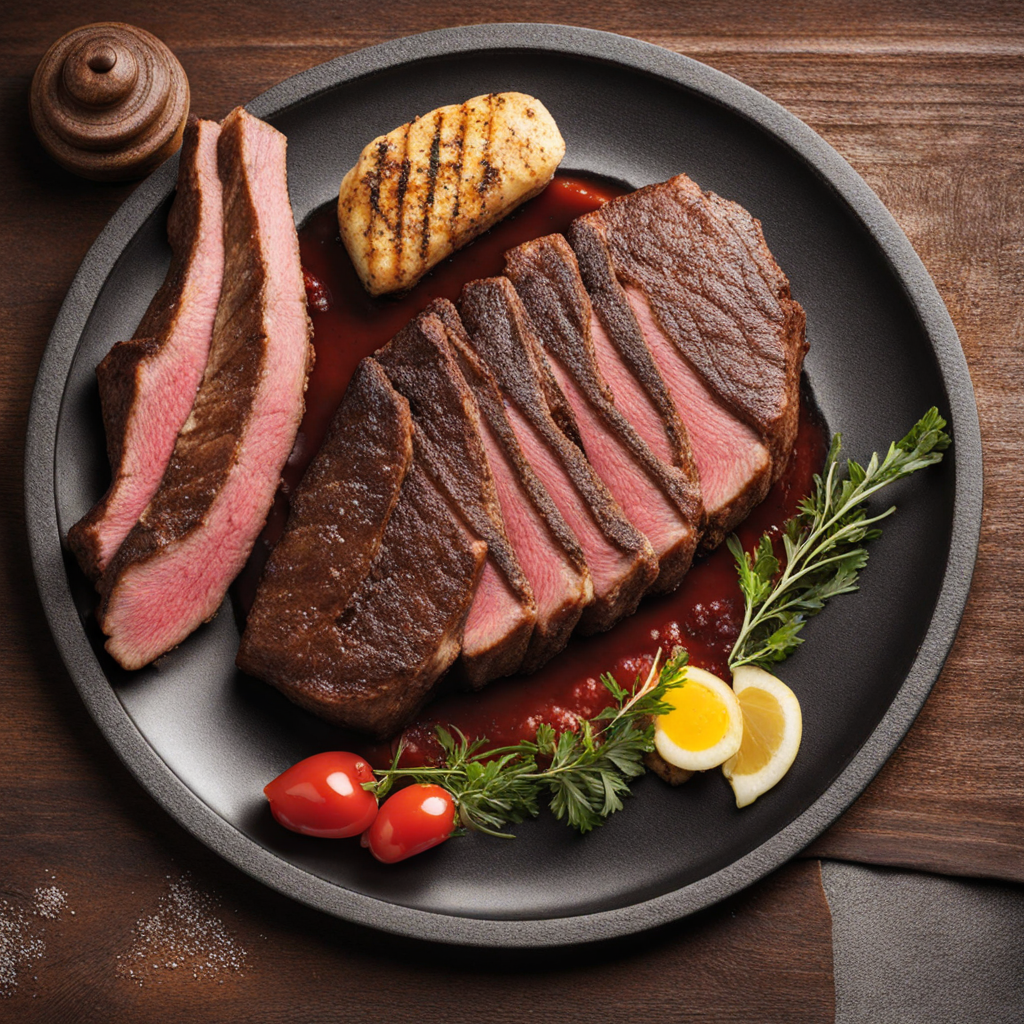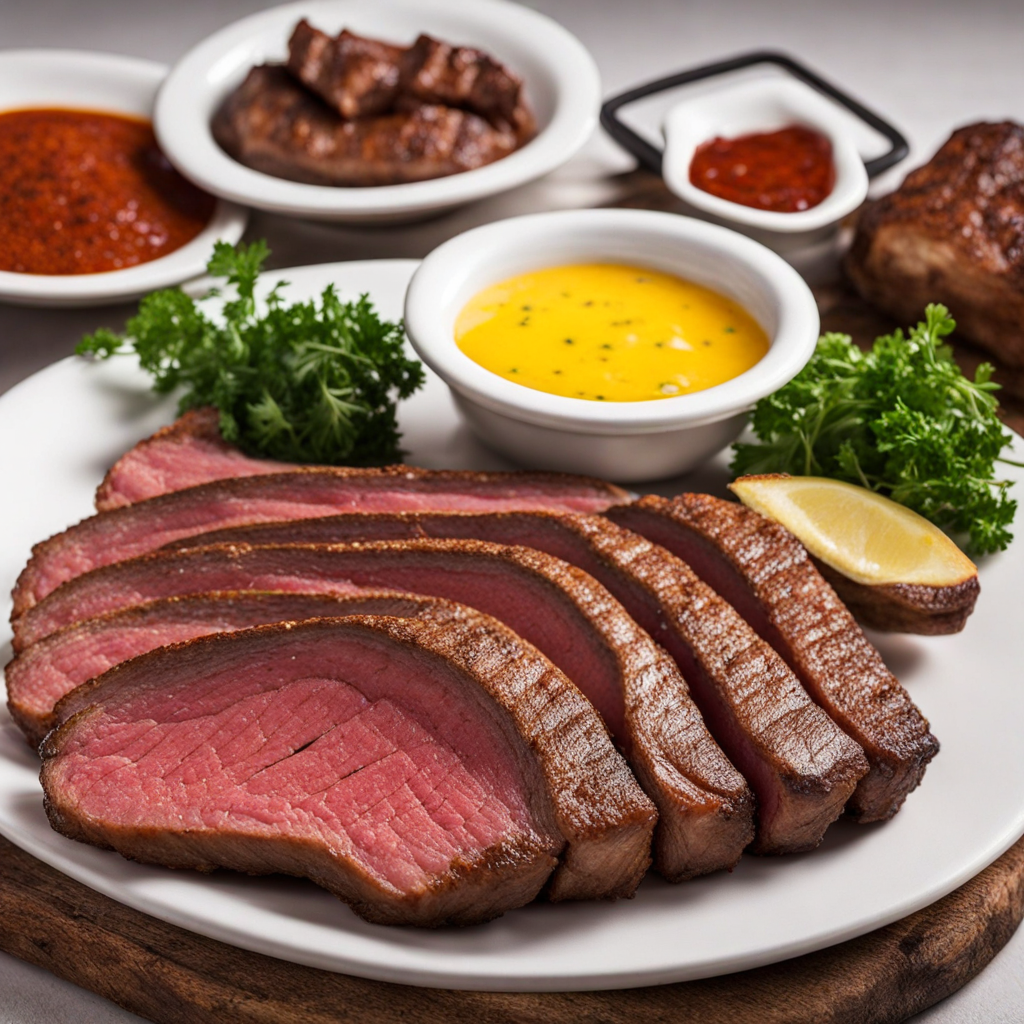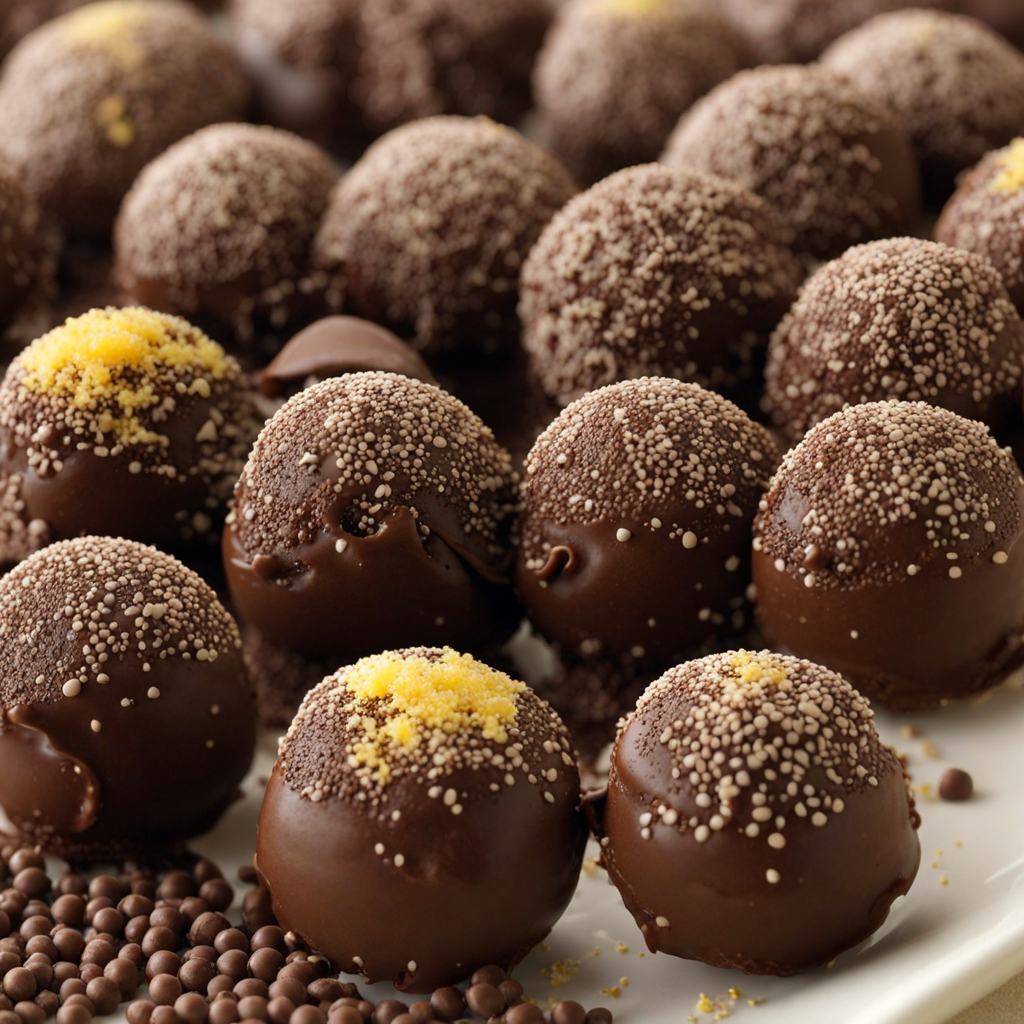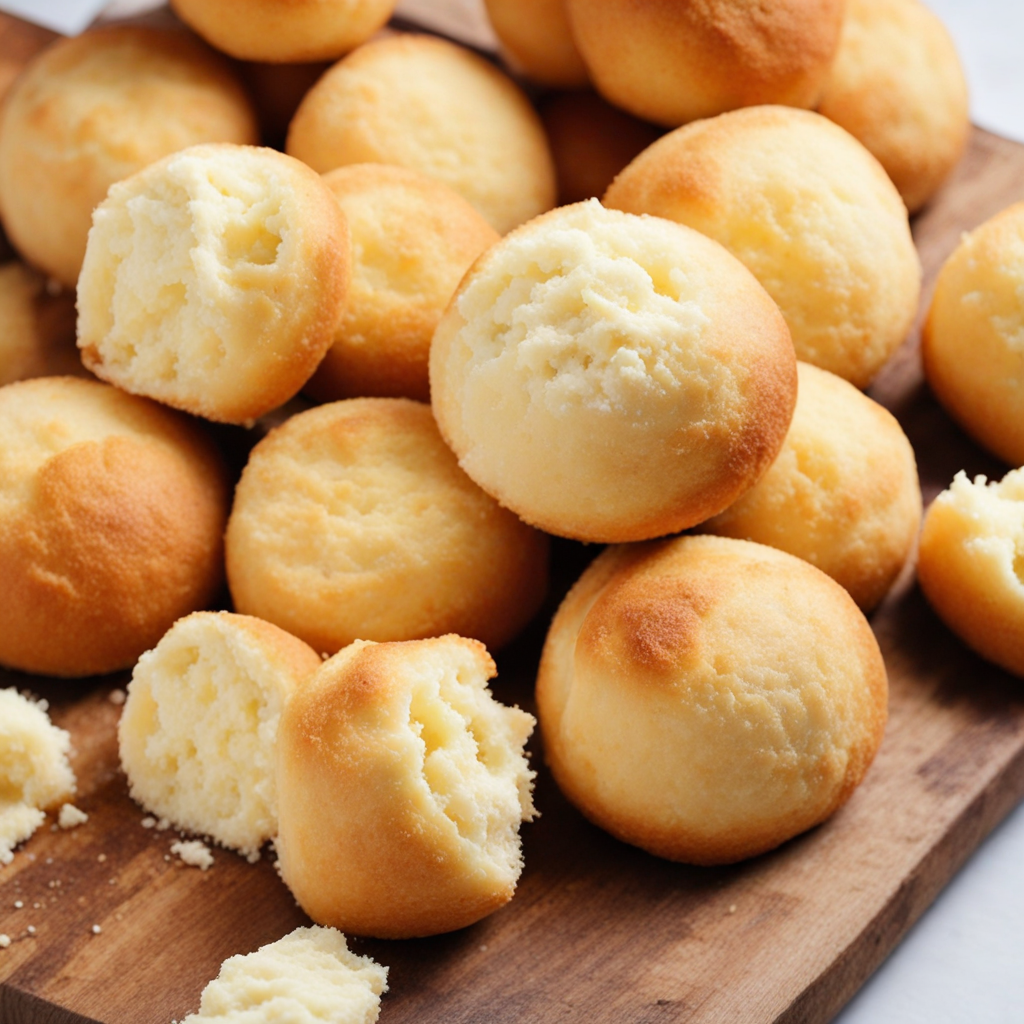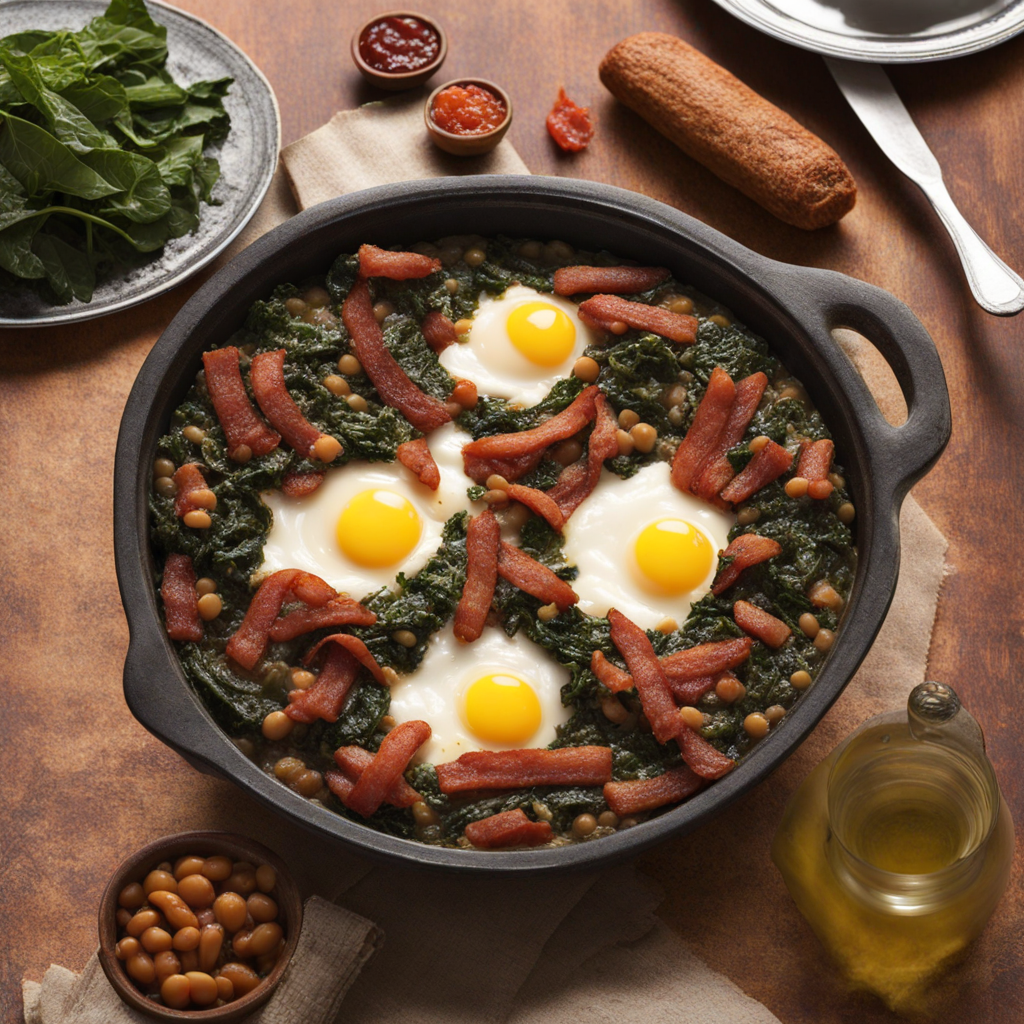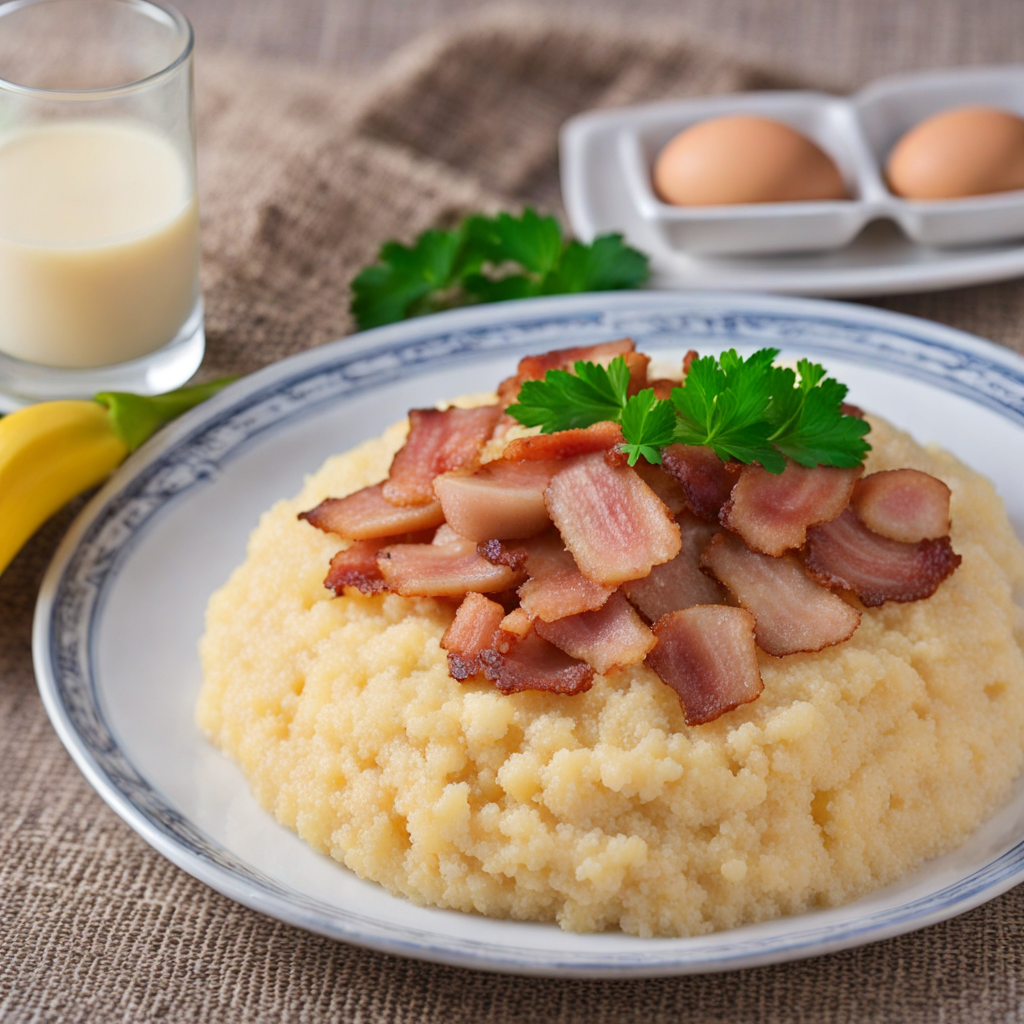Picanha
Picanha is a prized cut of beef that hails from Brazil, renowned for its rich flavor and tender texture. This cut comes from the top of the rump, characterized by a thick layer of fat that envelops the meat. The fat is essential, as it bastes the meat during cooking, enhancing its juiciness and imparting a delectable richness. When cooked to perfection, picanha boasts a beautiful crust on the outside while remaining succulent and pink on the inside, making it a favorite among meat enthusiasts and barbecue lovers alike. Traditionally, picanha is prepared using a simple seasoning of coarse salt, which allows the natural flavors of the beef to shine through. It is often skewered and grilled over an open flame, a method that not only enhances its flavor but also creates an irresistible smoky aroma. In Brazil, it is commonly served at churrascarias, where the cut is sliced off the skewer and served straight to the plate, often accompanied by sides such as farofa (toasted cassava flour), vinaigrette, and rice, creating a well-rounded meal that highlights the robust taste of the meat. The experience of enjoying picanha goes beyond just the taste; it embodies the spirit of Brazilian culture and its love for communal dining and celebration. Each bite offers a delightful balance of savory, juicy flavors, with a hint of smokiness from the grill. Whether you choose to savor it as part of a festive barbecue or as a delicious weeknight dinner, picanha promises to deliver an unforgettable culinary experience that showcases the essence of Brazilian cuisine.
How It Became This Dish
The History of Picanha: Brazil’s Culinary Treasure Picanha, a cut of beef that has become synonymous with Brazilian barbecue, has a rich and flavorful history that reflects the cultural tapestry of Brazil itself. This delectable cut is not just a meal; it is an experience steeped in tradition, communal gatherings, and national pride. To truly appreciate picanha, one must delve into its origins, cultural significance, and the evolution of its preparation over time. #### Origins of Picanha The term "picanha" is derived from the Portuguese word "picana," which historically referred to a tool used for herding cattle. The cut itself comes from the top of the cow’s rump, specifically the cap of the sirloin, which is characterized by its distinctive fat layer that gives the meat its unique flavor and tenderness when cooked. Although picanha is now a staple of Brazilian cuisine, its roots can be traced back to the cattle ranches and gaucho culture of southern Brazil, particularly in the states of Rio Grande do Sul, Santa Catarina, and Paraná. The gauchos, or cowboys, of southern Brazil played a pivotal role in shaping the culinary landscape of the region. Their traditional cooking method, known as "churrasco," involves grilling meat over an open flame, often skewered on long metal or wooden sticks. This cooking method was not only practical but also communal, as it brought families and friends together for celebrations and gatherings. Although picanha was once a lesser-known cut, its popularity began to grow in the mid-20th century as Brazilian barbecue culture flourished. The introduction of the rodízio style of serving, where various cuts of meat are presented on skewers and carved tableside, helped elevate picanha’s status as a star attraction at churrascarias (Brazilian steakhouses). #### Cultural Significance Picanha is more than just a cut of meat; it embodies the spirit of Brazilian hospitality and the joy of communal dining. In Brazil, barbecues are not merely meals; they are social events that mark celebrations, family gatherings, and even casual get-togethers. The act of grilling picanha is a ritual that brings people together, fostering a sense of community and connection. In Brazilian culture, picanha is often seasoned simply with coarse salt, allowing the natural flavors of the meat to shine. It is traditionally served with farofa (toasted cassava flour) and vinaigrette, a zesty mixture of tomatoes, onions, and vinegar. The simplicity of the preparation reflects the Brazilian ethos of valuing high-quality ingredients and the importance of sharing food among loved ones. The significance of picanha extends beyond family gatherings. It has become an emblem of national pride, representing Brazil in international culinary circles. Brazilian steakhouses around the world have adopted picanha as a centerpiece of their menus, showcasing its rich flavors and tender texture to diverse audiences. This global spread of picanha has not only introduced international diners to authentic Brazilian barbecue but has also reinforced the cultural heritage of Brazil. #### Development Over Time As Brazilian cuisine has evolved, so too has the preparation and presentation of picanha. In its early days, the cut was often cooked over open flames in a rustic setting, reflecting the gaucho lifestyle. However, the expansion of urban centers in Brazil and the rise of the churrascaria transformed the way picanha was enjoyed. In these establishments, picanha became a signature dish served alongside a variety of other meats, allowing diners to indulge in a meat feast that showcased the best of Brazilian barbecue. The globalization of food culture in the late 20th and early 21st centuries also played a significant role in the evolution of picanha. As Brazilian cuisine gained traction on the world stage, chefs began to experiment with different cooking techniques and flavors. While traditional methods remain prevalent, contemporary chefs have introduced innovative twists, such as marinating picanha in various spices or serving it with international sauces, reflecting a fusion of culinary influences. In addition, social media and food television have propelled picanha into the limelight, with influencers and chefs sharing their interpretations of the dish. This exposure has led to a resurgence of interest in traditional cooking techniques, where home cooks are encouraged to embrace the art of grilling picanha in their backyards, recreating the communal experience that has defined Brazilian barbecues for generations. #### Regional Variations and Global Influence While picanha is often associated with traditional Brazilian preparation, regional variations have emerged both within Brazil and beyond its borders. In the northeastern states, for instance, picanha may be seasoned with local spices and served alongside traditional dishes like baião de dois (a rice and beans dish). On the other hand, in the United States, where Brazilian steakhouses have proliferated, picanha is sometimes prepared using American barbecue techniques, such as slow smoking or dry rubbing, showcasing the adaptability of this beloved cut. Moreover, the rise of the global food movement has allowed chefs and home cooks to explore picanha's versatility. In countries like Argentina and Uruguay, where beef is also a central element of the culinary culture, variations of picanha have begun to appear, reflecting local tastes and cooking styles. This cross-cultural exchange has enriched the appreciation of picanha, elevating it from a regional favorite to an internationally recognized delicacy. #### Conclusion Picanha is not just a cut of meat; it is a symbol of Brazilian identity, cultural heritage, and communal joy. From its origins among the gauchos of southern Brazil to its status as a global culinary ambassador, picanha has woven itself into the fabric of Brazil's social and gastronomic landscape. As it continues to evolve and adapt to new influences, picanha remains a testament to the power of food to bring people together, celebrate traditions, and foster a sense of belonging. Whether enjoyed at a bustling churrascaria or grilled in a backyard, picanha encapsulates the essence of Brazilian barbecue and the warmth of the Brazilian spirit.
You may like
Discover local flavors from Brazil


